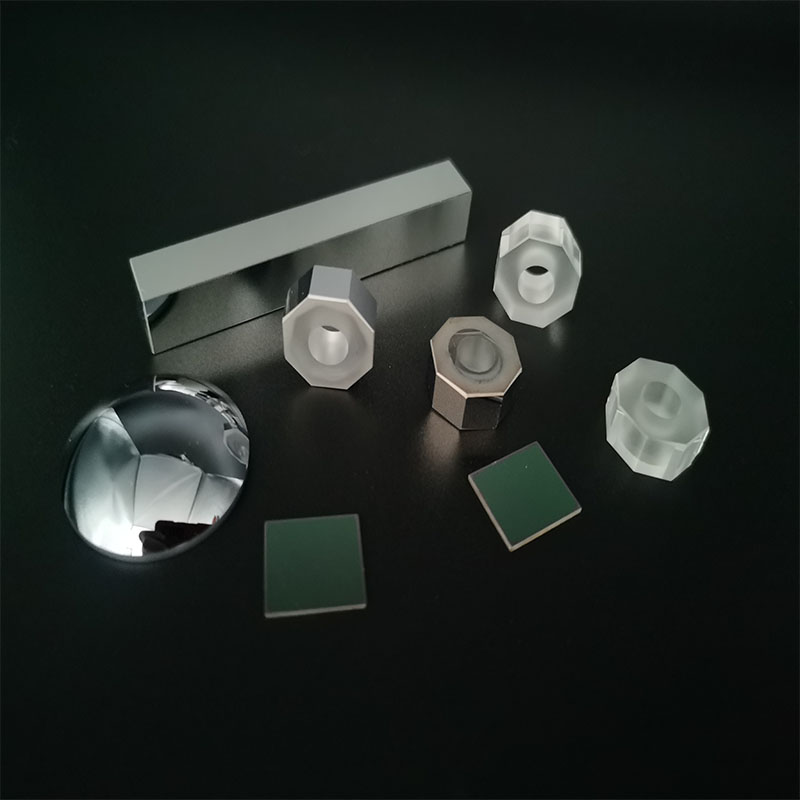
Optical mirrors are optical components that use the principle of light reflection to change the direction of light propagation. They have a wide range of applications in scientific research, industrial production, medical diagnostics, and daily life. The basic principle of optical mirrors is that light reflects off the mirror surface according to the law of reflection, where the angle of incidence equals the angle of reflection. Through precise design and manufacturing, optical mirrors can achieve efficient and accurate light control.
In the field of scientific research, optical mirrors are core components of many optical instruments. For example, in astronomy, reflecting telescopes use large-diameter mirrors to collect and focus light from distant celestial objects, thereby obtaining clear images of these objects. The high reflectivity and low scatter properties of mirrors allow telescopes to capture faint celestial light, greatly expanding human knowledge of the universe. In industrial production, optical mirrors are widely used in laser processing, optical measurement, and optical communication. Mirrors in laser processing systems are used to guide and focus laser beams, achieving high-precision cutting, welding, and marking. In optical measurement instruments, mirrors are used for precise positioning and measurement of object dimensions and shapes. In optical communication systems, mirrors are used to transmit and distribute optical signals, ensuring efficient signal transmission and processing. In medical diagnostics, optical mirrors also play a crucial role. For example, in endoscopes, mirrors are used to guide light inside the human body, helping doctors observe and diagnose the condition of internal organs. In laser surgery equipment, mirrors guide the laser beam, enabling precise surgical operations. The high precision and high reflectivity characteristics of optical mirrors allow these medical devices to provide high-quality images and accurate operations. In daily life, optical mirrors are ubiquitous. The most common example is household mirrors, which help people groom themselves using the principle of reflection. Additionally, optical mirrors are used in car rearview mirrors, telescopes, microscopes, and other devices, greatly facilitating people's lives.
Lenses are represented by lens symbols (a line segment with two V-shaped symbols at both ends), drawing the central optical axis, and marking the optical center and focal points. According to the intersection points of the two refracted rays of the three special rays of lenses (usually the ray passing through the optical center and the ray parallel to the main optical axis are better), the characteristics of the image formed by the lens (such as virtual and real image, size, upright and inverted image, etc.) can be determined. When a cylindrical optical lens forms an image, all the light emitted from each point on the object hits the lens and forms an image at the same location. Blocking one part will not affect the formation of the image by other light passing through the lens, so you can still see the complete image. However, since the amount of light incident on the image is reduced, the brightness of the image on the screen will dim. Looking through a convex lens at a clock beyond double the focal length, the image of the second hand still rotates clockwise because it is an inverted real image at this distance, and it still appears clockwise when observed.